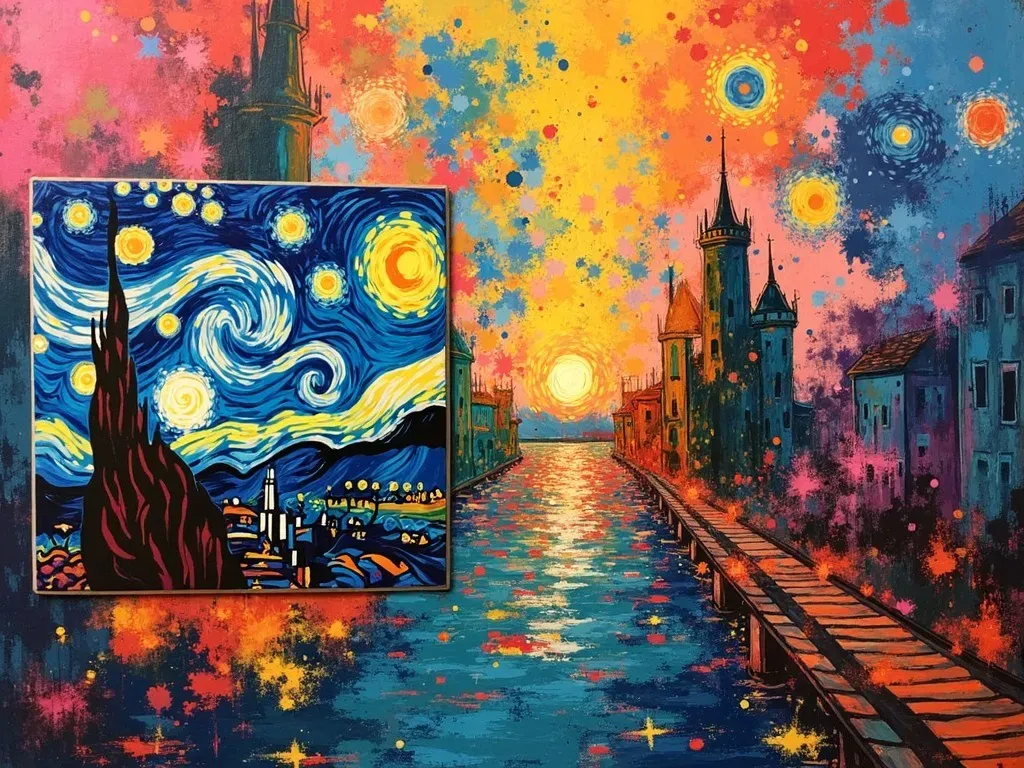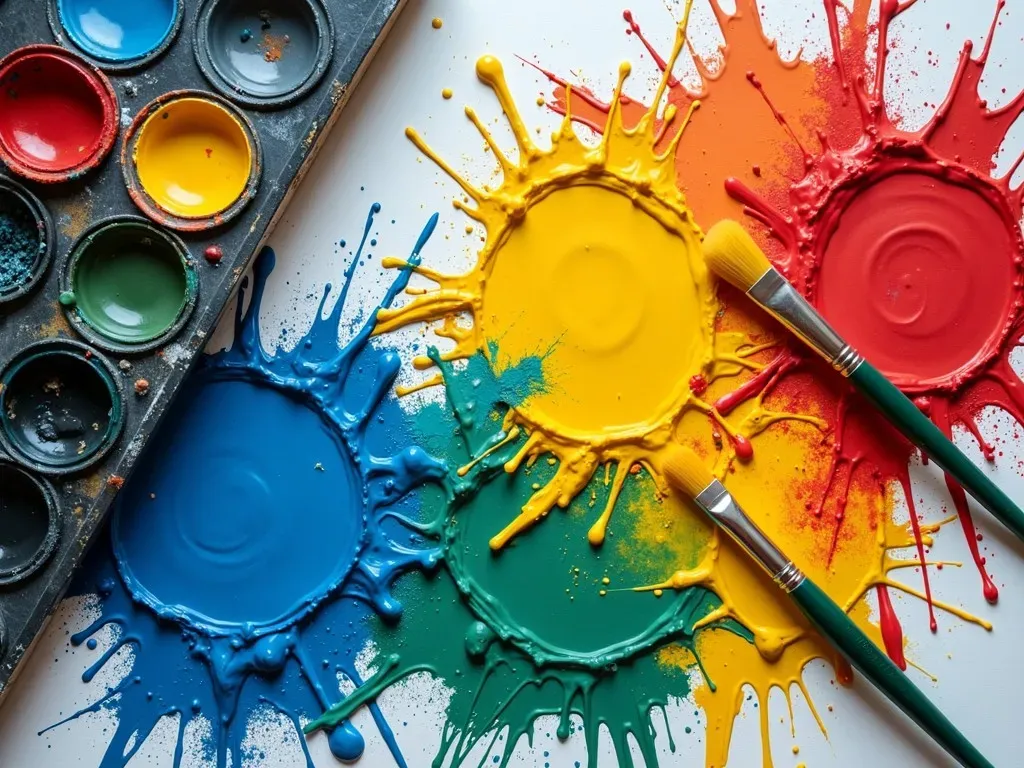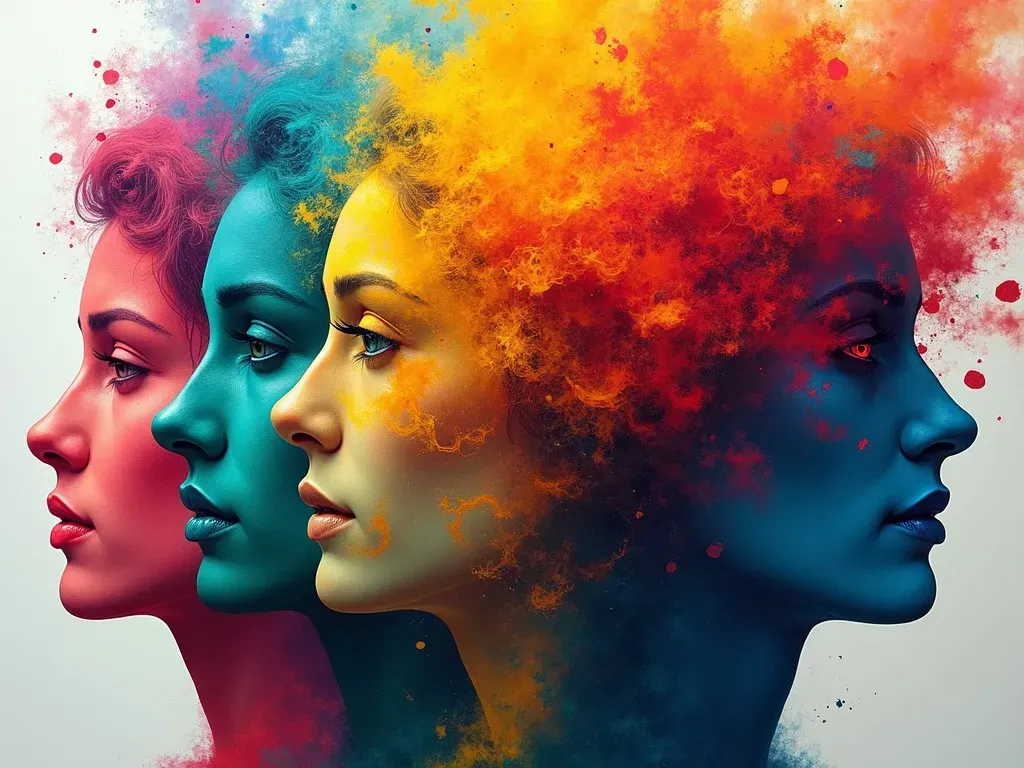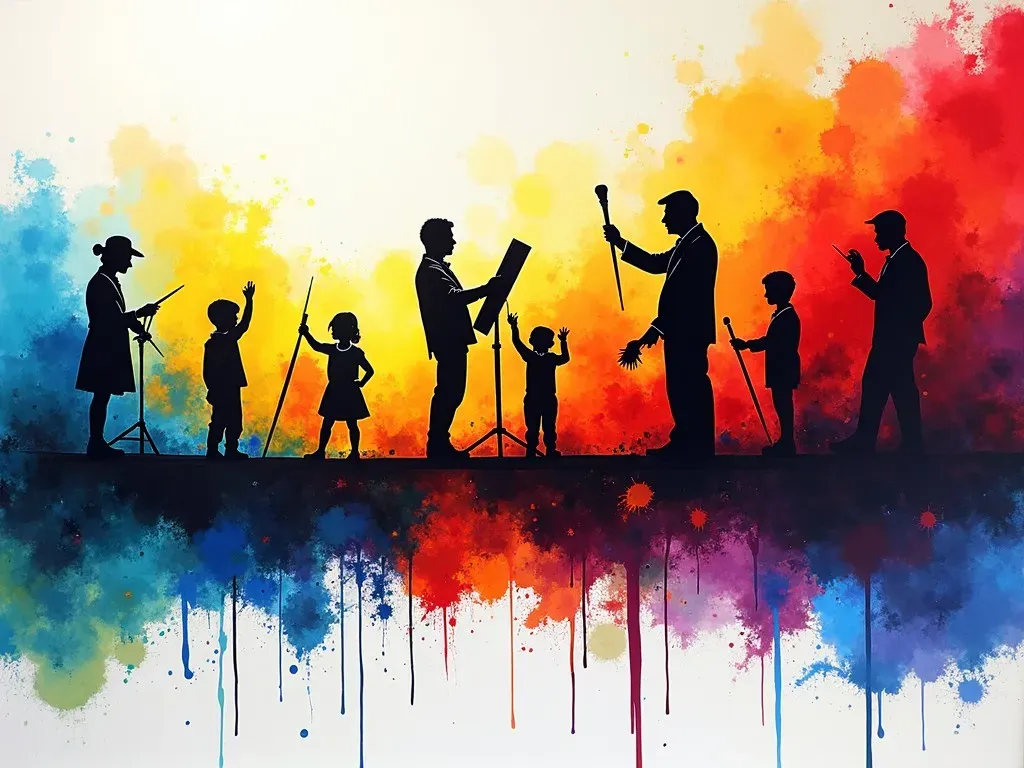Artists famous for colour have transformed the way we perceive art by skillfully using vibrant palettes that evoke emotions, tell stories, and breathe life into their works. Color is an essential element in the visual arts, capable of creating mood, drawing attention, and conveying meaning. From the lush canvases of the Impressionists to the bold splashes of color field painters, this article delves into some of the most Notable Artists who have made their mark with color.
The Emotional Power of Colour in Art
Throughout history, colour has played a vital role in art, functioning as a powerful tool for expression. Artists use colour to manipulate emotions and influence how viewers interpret their work. For example, warm colours like red and yellow can evoke feelings of warmth and happiness, while cooler tones like blue and green may impart calmness or sadness.

Notable Artists Famous for Colour
Here’s a breakdown of some artists recognized for their remarkable use of colour:
| Artist | Notable Work | Colour Technique |
|---|---|---|
| claude monet | Water Lilies | Plein air painting with vibrant hues and light effects. |
| Henri Matisse | The Joy of Life | Fauvism – applying bold, non-naturalistic colors. |
| Vincent van Gogh | Starry Night | Use of thick applications of paint (impasto) with emotionally charged colors. |
| Mark Rothko | No. 61 (Rust and Blue) | Colour field painting focusing on large, flat areas of color. |
| Yayoi Kusama | Infinity Mirror Rooms | Usage of repetition and bright colours creating immersive experiences. |
| Frida Kahlo | The Two Fridas | Vivid colors reflecting deep personal themes and emotions. |
Contemporary Artists Who Use Colour
Some contemporary creators have taken colour to new levels, using it to challenge societal norms, visualize psychological states, or highlight environmental issues. Here are a few noteworthy contemporary artists known for their vibrant works:
- Kara Walker: Known for her provocative black-and-white silhouettes that explore themes of race, gender, and sexuality while occasionally integrating vivid colours for impact.
- Olafur Eliasson: Uses colour and light to create immersive installations that engage visitors while exploring environmental and societal themes.
- Damien Hirst: His spot paintings exemplify the interplay of colour and systematic arrangement, questioning concepts of beauty and aesthetics.

Famous Colorful Artwork
Here are ten famous colorful artworks that have achieved critical acclaim and have become iconic in the art world:
- The Persistence of Memory by Salvador Dalí
- The Scream by Edvard Munch
- Girl with a Balloon by Banksy
- The Kiss by Gustav Klimt
- Composition VIII by Wassily Kandinsky
- Starry Night by Vincent van Gogh
- The Great Wave off Kanagawa by Hokusai
- Self-Portrait with Cropped Hair by Frida Kahlo
- No. 61 (Rust and Blue) by Mark Rothko
- The Two Fridas by Frida Kahlo
| Artwork | Artist | Year | Notable Use of Colour |
|---|---|---|---|
| The Persistence of Memory | Salvador Dalí | 1931 | Vivid surreal colors evoke dreamlike quality. |
| The Scream | Edvard Munch | 1893 | Striking colour contrasts convey intense emotion. |
| Girl with a Balloon | Banksy | 2002 | Use of color to enhance social commentary. |
| The Kiss | Gustav Klimt | 1907-1908 | Gold leaf and rich hues depict intimacy. |
| Composition VIII | Wassily Kandinsky | 1923 | Abstract forms and colors express musicality. |
The Psychology of Colour in Art
Understanding how colours can influence perception is pivotal for artists. The psychology of colour reveals how different shades can stimulate mental processes and emotions. Here’s an overview of common associations:
| Colour | Emotion/Meaning |
|---|---|
| Red | Passion, energy, danger |
| Blue | Calmness, tranquility, sadness |
| Yellow | Happiness, warmth, caution |
| Green | Nature, growth, balance |
| Purple | Luxury, mystery, creativity |
| Black | Power, sophistication, fear |
| White | Purity, simplicity, emptiness |

Exploring Various Techniques
The history of artists famous for colour is rich with various Techniques that emphasize the innovative use of color. Here are a few notable approaches:
- Fauvism: Led by artists like Matisse, this movement is characterized by bold, vivid colors applied straight from the tube.
- Impressionism: This style focused on capturing natural light and its effects through loose brushwork and a bright palette.
- Pointillism: Invented by Georges Seurat, this method involves painting tiny dots of color that blend optically when viewed from a distance.
- Color Field Painting: This involves large expanses of color to create emotional weight without representational forms, seen in the works of Rothko.
- Chromatic Abstraction: Here, color takes precedence over form to evoke feelings and thoughts, which is prominent in the works of artists like Barnett Newman.
Frequently Asked Questions
What influence does color have on art?
Color can evoke emotions, define mood, and create depth within artwork, fundamentally altering a viewer’s experience and interpretation.
Which artist is known for his unique use of color?
Vincent van Gogh is renowned for his emotional use of color, profoundly impacting the field of Post-Impressionism.
Why do contemporary artists prioritize color?
Contemporary artists often use color to express complex themes, provoke thought, and engage the viewer in new ways reflective of modern issues.
For more insights on famous artists and their use of color, check out this link.
How can learning about famous artists improve my own use of color?
Studying the works of renowned colorists offers valuable lessons on emotional expression, design harmony, and innovative techniques, which can inform and enhance your own artistic practice.

Through the magnificent spectrum of hues, these artists demonstrate that colour is more than a composite of wavelengths; it is a profound language capable of articulating complex human experiences and emotions.
